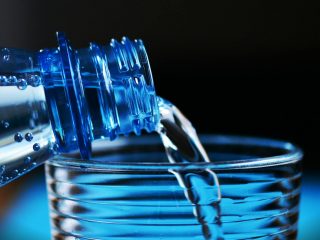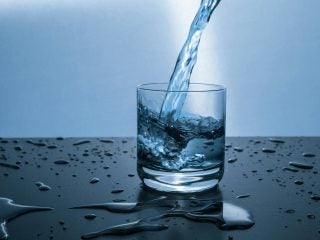Despite the common misconception, water crises are not exclusive to cities with inadequate water resources.
Even cities with sufficient water supplies can still experience water scarcity due to various factors, such as failing infrastructure, pollution, contamination, and mismanagement of water resources. Human factors, including climate change, can also contribute to the issue. With water crises being a reality for many big cities, the question is, how can we approach this problem?
How Common Are City Water Crises?
The scale of the issue of water scarcity is significant, affecting around two billion people globally, with more than four billion experiencing water scarcity for at least one month each year. The United States is also impacted, with over two million Americans having no access to running water and 44 million only having access to sources that do not meet Safe Drinking Water Act requirements. Recent examples of water crises in the US include the Jackson water crisis, Houston’s difficulty in accessing clean water, reports of arsenic contamination in New York City, and sewage contamination of West Baltimore’s water supply.
The Latest Water Safety Concerns
The recent water safety concerns in Ohio was linked to a train derailment in East Palestine, where a freight train carrying hazardous chemicals derailed and exploded. Authorities took action to prevent further explosions and limit the spread of harmful chemicals by using a controlled burn mechanism. However, the release of toxic chemicals, including vinyl chloride and other persistent pollutants, into the air poses potential long-term health risks for local residents.
Although the Ohio EPA found no contaminants associated with the derailment in tests conducted on five wells supplying drinking water to the village, over 7 miles of streams have been affected, resulting in at least 3,500 dead fish, mostly small ones, according to the Ohio Department of Natural Resources. Dramatically, Ohio Republican Senator JD Vance challenged the EPA Administrator who declared water test results to drink the local water to prove its safety, expressing skepticism about the water supply and urging residents to drink government-provided bottled water instead.
However, research indicates that bottled water may not be the best alternative, as some brands have been found to contain bacteria levels that exceed permitted limits by as much as 100 times compared to tap water.
Time to Safeguard Your Drinking Water Quality
Water crises can cause harm in multiple ways, from leaving people with insufficient or contaminated water for drinking and domestic use to negatively affecting hygiene and sanitation, and even impacting recreational activities. The harmful contaminants in polluted water, including lead, arsenic, vinyl chloride, and other heavy metals, and pathogens such as bacteria and parasitic worms can cause various illnesses in humans. Air quality can also suffer from water crises, with toxic substances suspended in the air, leading to respiratory issues such as asthma, pneumonia, and other infections. Even tap water from municipal plants contains contaminants more than you think.
To access safe drinking water, individuals must adopt practical and effective means, such as installing water filter systems. For example, after the Ohio train derailment, EPA has proven that granular activated carbon and packed tower aeration methods can remove vinyl chloride from water, making it safe for consumption.
Water purification systems such as ultraviolet, ceramic, carbon filter, and reverse osmosis can remove the most harmful impurities, making the filtered water safe for drinking and other domestic applications.
Reverse osmosis (RO) technology is widely utilized to eliminate a majority of contaminants in tap water. The process includes pressurizing water molecules through a semi-permeable membrane (0.0001 micron), where only pure water molecules can pass through the tiny pores, while impurities are captured on the other side. The reverse osmosis water filter system is both efficient and straightforward, producing consistently pure water and saving money compared to purchasing bottled water.
In Conclusion
Water scarcity is a significant issue that affects both developed and developing cities. By adopting practical solutions like water purification systems, individuals can have access to clean and safe water for their use.


















